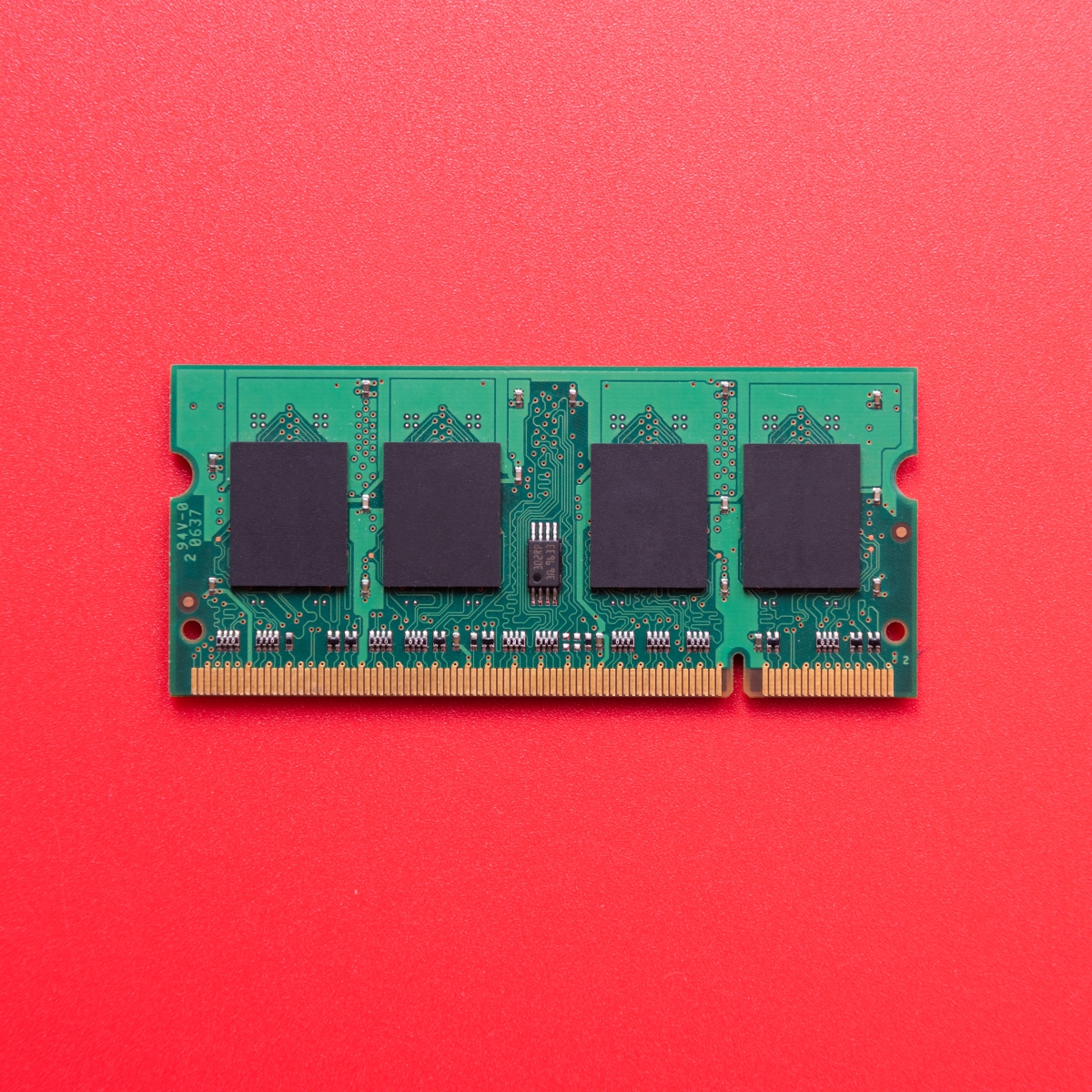The U.S. Shouldn’t Make Its Semiconductor Policy All About China
Rest of World

The following is an excerpt from an article originally published in Rest of World by Asia Society Policy Institute's Center for China Analysis Junior Fellow Johanna Costigan and Intern (Fall 2022) Aidan Powers-Riggs.
American chip policy doesn’t just hurt China. It hurts Taiwan, too.
Under the Biden administration, the U.S. has taken a maximalist approach to containing China’s technological rise. In October last year, Washington imposed controls on advanced semiconductor exports to China, and in December, blacklisted an additional 21 Chinese companies in the chip sector. Since 2021, the American government has also successfully pressured Taiwanese chip giant Taiwan Semiconductor Manufacturing Company (TSMC) to open manufacturing facilities (or “fabs”) in the U.S. — a move that has ignited concerns about fairness and feasibility among the company’s employees.
Through these actions, the Biden administration has explicitly abandoned the previous U.S. approach to critical technologies — to stay “a couple of generations ahead” — for one that aims to gain “as large of a lead as possible,” in the words of the National Security Adviser, Jake Sullivan. This approach, aimed at curtailing China’s technological and economic rise, overlooks the interests of U.S. allies and partners — most significantly, those of Taiwan, where over 90% of advanced chips are manufactured.
The United States’ push towards decoupling has been evident in its efforts to onshore and friendshore chip production, through relocating supply chains to domestic soil and proposing the “Chip 4” alliance with Taiwan, South Korea, and Japan. This shift — set into motion by former president Donald Trump’s government and continued under Biden — threatens the success model of Taiwan’s semiconductor manufacturers, such as TSMC, the world’s largest and most profitable chipmaker. It also forces Taiwan’s semiconductor industry, key to the island’s prosperity, into difficult trade-offs that pit its short-term success against its long-term survival.
Until 2020, two major advantages allowed Taiwan’s semiconductor industry to achieve uncontested dominance: its insulation from political interference, and open access to global research and development. While Taiwan’s chip industry grew out of a government-led initiative, it was overseen by technocrats and engineers concerned primarily with technological development: solving technical and scientific challenges, rather than rewarding political allies or building new tools for the country’s military and security services.
Thanks to the globalized manufacturing systems and open trade landscape of the 1990s and 2000s, TSMC introduced the secret to its success: a “pure-play foundry model.” This model meant that TSMC’s sole role was to produce chips for “fabless” companies — it allowed them to compete with industry giants such as Intel and Samsung. Smaller firms could then focus on specialized components of the supply chain, such as manufacturing, design, and software, making the industry both diverse and efficient. Taiwan’s chipmakers mastered the art of packing tens of millions of transistors onto a silicon chip the size of a fingernail, allowing computers to grow faster, smaller, and more powerful. The island, and the rest of the world, benefited.
But by focusing on semiconductor indigenization, the U.S.’ strategy threatens the success model of Taiwan’s chip companies, which is highly dependent on an open global economy. In 2020, when the Trump administration blocked shipments of semiconductors to Chinese telecommunications giant Huawei and its semiconductor design subsidiary HiSilicon, TSMC was forced to end its business with HiSilicon — its second-largest customer, accounting for up to 15% of TSMC’s annual revenue.
Read the full article in Rest of World.
